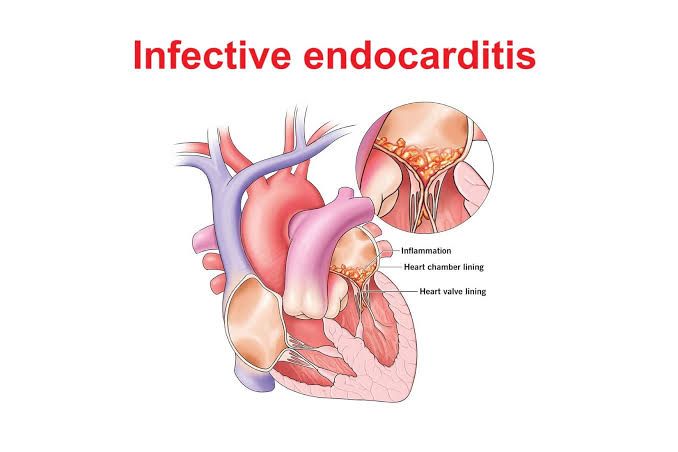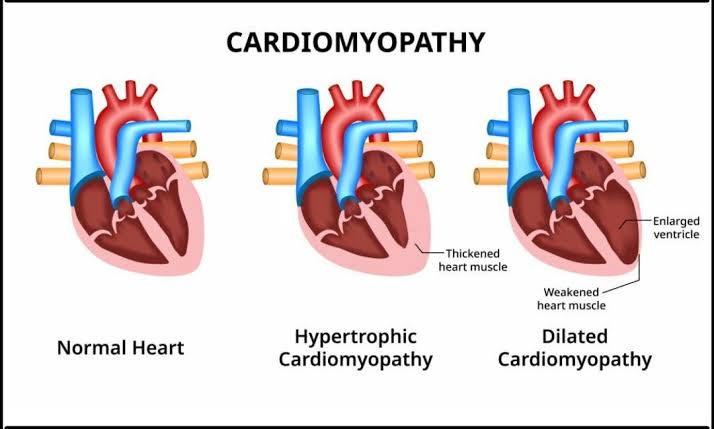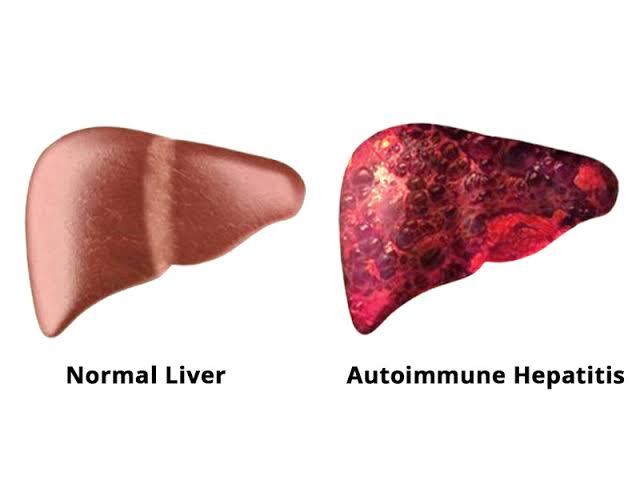
Risk Factors for Developing Infective Endocarditis
Cardiac Factors: Infective endocarditis (IE) is an infection of the inner lining of the heart, typically involving the heart valves. Several cardiac factors increase the risk of developing IE:
- Pre-existing Heart Conditions:
- Prosthetic Heart Valves: Individuals with artificial heart valves are at a higher risk due to potential turbulence in blood flow, which can lead to endothelial damage.
- Previous Endocarditis: A history of infective endocarditis increases susceptibility to future infections.
- Congenital Heart Defects: Certain congenital defects, such as ventricular septal defects or patent ductus arteriosus, can predispose individuals to IE.
- Rheumatic Heart Disease: Damage from rheumatic fever can lead to valve abnormalities that increase risk.
- Other Cardiac Conditions:
- Mitral Valve Prolapse: This condition can lead to regurgitation and increased risk of bacterial colonization.
- Cardiomyopathy: Structural changes in the heart muscle may contribute to turbulent blood flow.
Most Common Organisms Encountered: The organisms responsible for infective endocarditis vary based on patient demographics and underlying conditions:
- Staphylococcus aureus: The most common organism in acute endocarditis, particularly in intravenous drug users.
- Viridans Group Streptococci: Commonly associated with subacute endocarditis, often originating from oral flora.
- Enterococci: Frequently seen in older adults and those with urinary tract infections.
- HACEK Organisms (Haemophilus, Aggregatibacter, Cardiobacterium, Eikenella, Kingella): These are less common but notable causes of culture-negative endocarditis.
Diagnosis Using Modified Duke’s Criteria
The modified Duke’s criteria are used for diagnosing infective endocarditis and consist of major and minor criteria:
Major Criteria:
- Positive Blood Cultures:
- Typical microorganisms consistent with infective endocarditis from two separate blood cultures.
- Evidence of Endocardial Involvement:
- Echocardiogram findings showing vegetation, abscesses, or new valvular regurgitation.
Minor Criteria:
- Predisposing Heart Condition or IV Drug Use:
- History of predisposing heart conditions or recent intravenous drug use.
- Fever:
- Temperature greater than 38°C (100.4°F).
- Vascular Phenomena:
- Embolic events or Janeway lesions (painless erythematous lesions).
- Immunological Phenomena:
- Glomerulonephritis or Osler’s nodes (painful nodules on fingers/toes).
A diagnosis of infective endocarditis is established if there are:
- Two major criteria,
- One major and three minor criteria,
- Five minor criteria.
Clinical Physical Findings of Endocarditis
Clinical manifestations may include:
- Fever and Chills: Often the first symptom noted by patients.
- Heart Murmurs: New or changing murmurs due to valve dysfunction.
- Petechiae: Small red spots on skin or mucous membranes indicating embolic phenomena.
- Janeway Lesions: Painless erythematous macules on palms/soles due to septic emboli.
- Osler’s Nodes: Painful nodules found on fingers/toes due to immune complex deposition.
- Splinter Hemorrhages: Linear streaks under nails caused by small emboli.
Complications and Outcomes of Subacute Bacterial Endocarditis (SBE)
Complications associated with SBE include:
- Heart Failure: Due to valvular insufficiency or destruction leading to decreased cardiac output.
- Embolic Events: Can result in stroke, pulmonary embolism, or organ infarction depending on where emboli lodge.
- Abscess Formation: Particularly around valves leading to further complications like fistula formation between chambers.
- Chronic Kidney Disease: Resulting from glomerulonephritis secondary to immune complex deposition.
Outcomes depend on timely diagnosis and treatment; untreated SBE has a high mortality rate.
Antibiotic Prophylaxis Against SBE
Antibiotic prophylaxis is recommended for certain high-risk groups before dental procedures or surgeries that may cause bacteremia:
- Patients with prosthetic heart valves,
- Those with a history of infective endocarditis,
- Individuals with certain congenital heart defects,
- Patients who have undergone cardiac transplant surgery resulting in valvulopathy.
Treatment of Infective Endocarditis
Treatment involves prolonged courses of antibiotics tailored based on the causative organism identified through blood cultures:
- For Staphylococcus aureus:
- Methicillin-sensitive strains: Nafcillin or Oxacillin plus Gentamicin for synergy (if indicated).
- Methicillin-resistant strains: Vancomycin or Daptomycin.
- For Viridans group streptococci:
- Penicillin G or Ceftriaxone; Gentamicin may be added for synergy.
- For Enterococci:
- Ampicillin plus Gentamicin; Vancomycin may be used if resistant strains are present.
Duration typically ranges from 4-6 weeks depending on the organism and severity of infection.
In summary, understanding the risk factors, diagnostic criteria using modified Duke’s criteria, clinical findings, complications associated with SBE, prophylactic measures for at-risk patients, and appropriate antibiotic treatment protocols is essential for managing infective endocarditis effectively.







